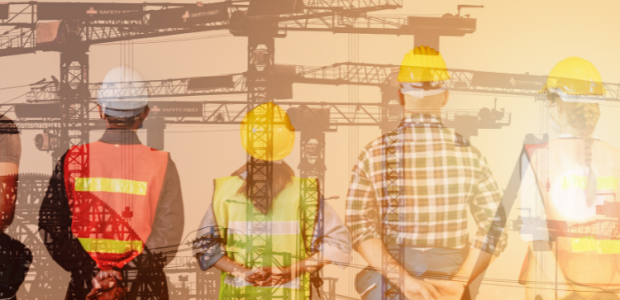
Implementing sustainable design in commercial construction involves incorporating environmentally friendly practices and technologies throughout the construction process to minimize environmental impact and enhance long-term sustainability. Here are key steps and considerations for implementing sustainable design in commercial construction:
Set Clear Sustainability Goals:
Define specific sustainability goals for the project, considering aspects such as energy efficiency, water conservation, waste reduction, and indoor air quality. Establishing clear objectives will guide decision-making throughout the construction process.
Green Building Certifications:
Consider pursuing green building certifications such as LEED (Leadership in Energy and Environmental Design) or BREEAM (Building Research Establishment Environmental Assessment Method). These certifications provide recognized benchmarks for sustainable construction practices. contact millstream for commercial construction in bedford
Site Selection and Design:
Choose a site that minimizes environmental impact and promotes efficient land use. Optimize building orientation to maximize natural light and reduce the need for artificial lighting. Incorporate green spaces and utilize existing vegetation.
Energy Efficiency:
Prioritize energy-efficient design principles, including the use of high-performance building envelopes, energy-efficient HVAC systems, and energy-efficient lighting. Implement renewable energy sources such as solar panels or wind turbines to generate clean energy.
Water Conservation:
Integrate water-efficient technologies, such as low-flow plumbing fixtures, water-saving irrigation systems, and rainwater harvesting. Use native and drought-resistant landscaping to reduce water consumption.
Material Selection:
Choose sustainable and locally sourced materials to minimize the environmental impact associated with transportation. Consider recycled or reclaimed materials, and prioritize products with low environmental impact and high durability.
Waste Management:
Develop a comprehensive waste management plan to minimize construction waste and divert materials from landfills. Recycle and reuse materials whenever possible. Implement waste reduction strategies during both construction and operation phases.
Indoor Environmental Quality:
Prioritize indoor air quality by using low-emission materials, providing proper ventilation, and designing spaces that maximize natural light and views. Consider using non-toxic finishes and materials to create a healthier indoor environment.
Green Roof and Sustainable Landscaping:
Implement green roof systems to enhance insulation, manage stormwater runoff, and improve energy efficiency. Design sustainable landscaping that incorporates native plants, reduces water usage, and supports local biodiversity.
Smart Building Technologies:
Integrate smart building technologies for energy management, lighting control, and HVAC optimization. Implement sensors and automation systems to monitor and manage building performance in real-time.
Life Cycle Assessment:
Conduct a life cycle assessment to evaluate the environmental impact of the building from raw material extraction to construction, operation, and eventual demolition. Use this assessment to inform sustainable design decisions.
Education and Engagement:
Educate construction teams, contractors, and occupants about the sustainable features and practices incorporated into the building. Foster a culture of sustainability to encourage responsible resource use and maintenance.
Post-Occupancy Evaluation:
Conduct post-occupancy evaluations to assess the building’s performance in terms of energy efficiency, occupant comfort, and overall sustainability. Use feedback to inform future projects and continuous improvement.
Collaboration among architects, engineers, contractors, and other stakeholders is essential for successfully implementing sustainable design in commercial construction. By adopting a holistic approach and integrating sustainable practices from the early planning stages, businesses can create environmentally responsible and resilient commercial buildings
